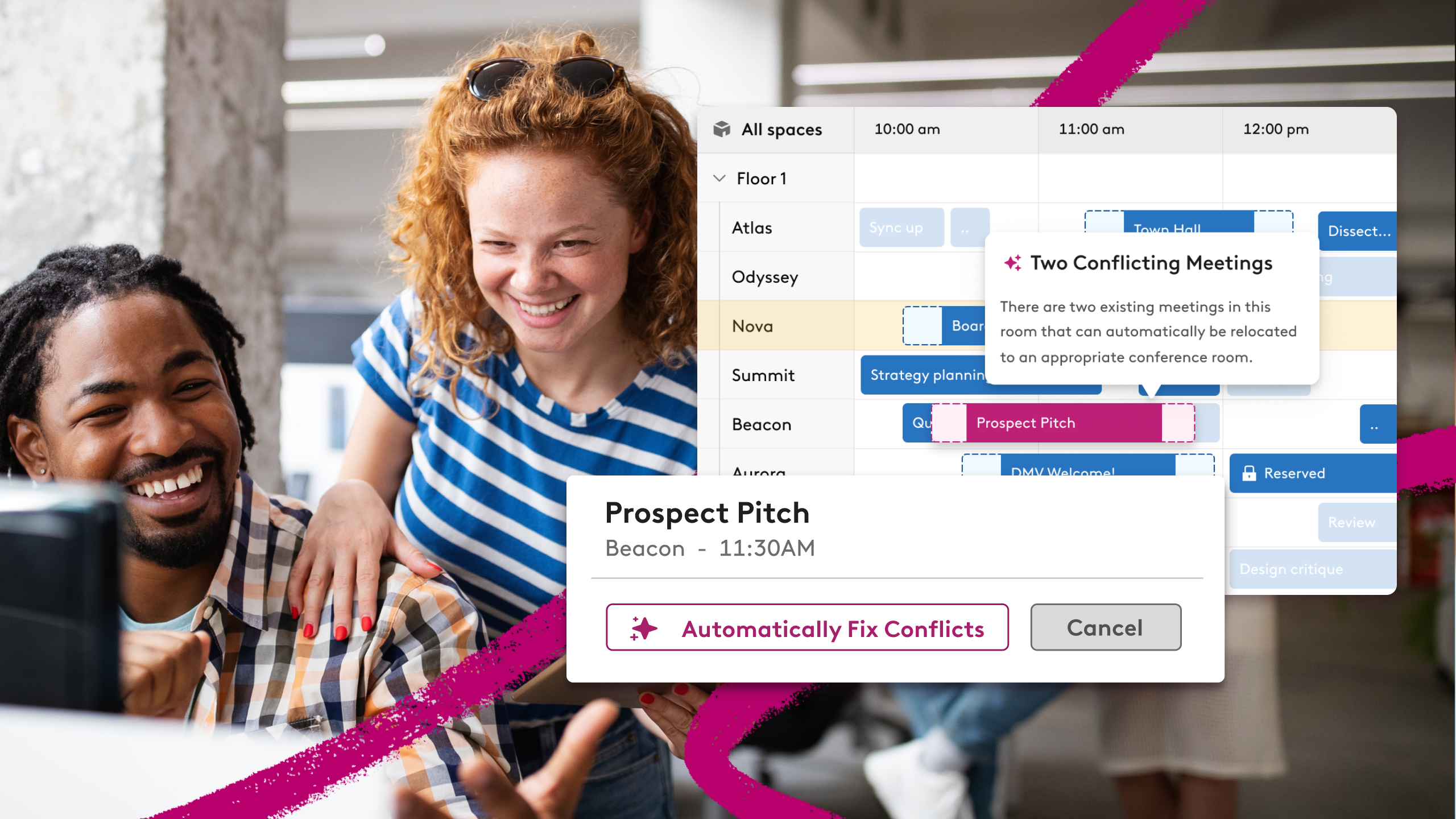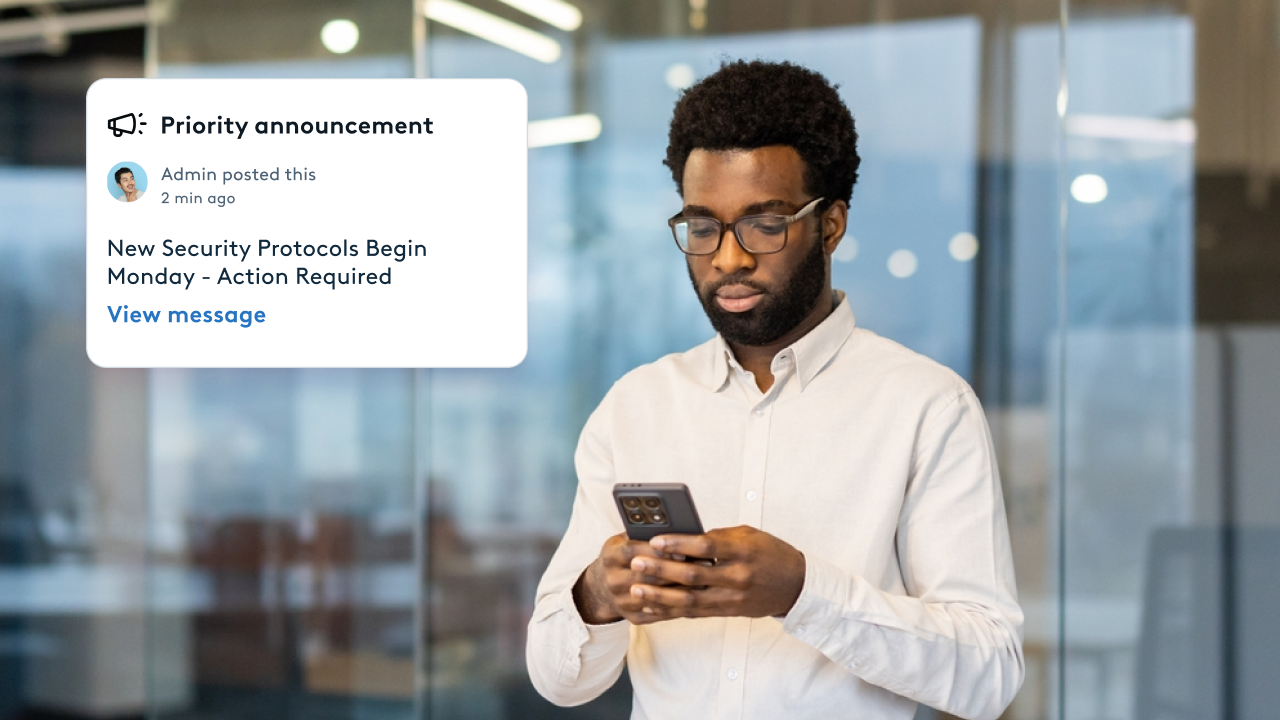Terms you need to know: Conference and Meeting Rooms
Room scheduling is an important part of office organization. Here are a few key terms you should know.

Abandoned meeting
A meeting room reservation that is no longer needed when nobody shows up to the meeting room. Room reservations can become abandoned when meetings are canceled or when the location for the meeting changes, and no one updates the calendar invite.
Synonyms: No-show meeting, Ghost meeting
Ad-hoc meeting
Ad-hoc meetings are impromptu meetings. When colleagues need to sync up without already having planned a meeting and they need a space or room to meet immediately. Oftentimes, this can be challenging if spaces aren't open so having interactive office maps can make locating available spaces easy.
Boardroom
Typically the largest conference room in an office designated for board or executive level meetings.
Brainstorm room
Space designed to spark creativity and collaboration. Often designed with more casual furniture to put occupants at ease. Can be used for team-wide meet-ups for a project or brainstorm as well as smaller get-togethers for sprints that require more board space or other resources. Sometimes referred to as “project room” or “war room.”
Huddle rooms
A small meeting space designed to encourage people to meet quickly and easily. Best for groups of two to six people for either scheduled or impromptu time. Often equipped with a small round table with seating, audio, and video conferencing.
Pod
A small, self-contained, soundproofed, modular space designed for privacy and concentration for one or two people. Workers can pop into pods for calls, quick in-person chats, virtual meetings, or distraction-free sessions of solo productivity. Sometimes called a “focus room.”
Quiet car
Quiet areas designed for heads down, individual work. Office libraries are often used as the “quiet car” area for when employees want the presence of others focused on individual work without having to tune out the typical distractions associated with offices.
Recurring meeting
Recurring meetings are gatherings automatically set to repeat on a regular basis. Whether it’s daily, weekly, monthly, or another customized cadence, recurring meetings can either be a useful way for groups to check-in and maintain accountability.
Setting
Types of spaces optimized to support work and interaction. In a flexible workspace, the right mix is meant to foster an office landscape that's easy-to-navigate for people and provide them with variety throughout their workday.
Touchdown spot
An informal workspace used to regroup when navigating through the office, continue conversations when meetings run over or quickly sync up with colleagues without having to book a formal meeting room. These spaces can be equipped with an outlet or an extra monitor to plug into to refresh before moving onto another task or meeting.




